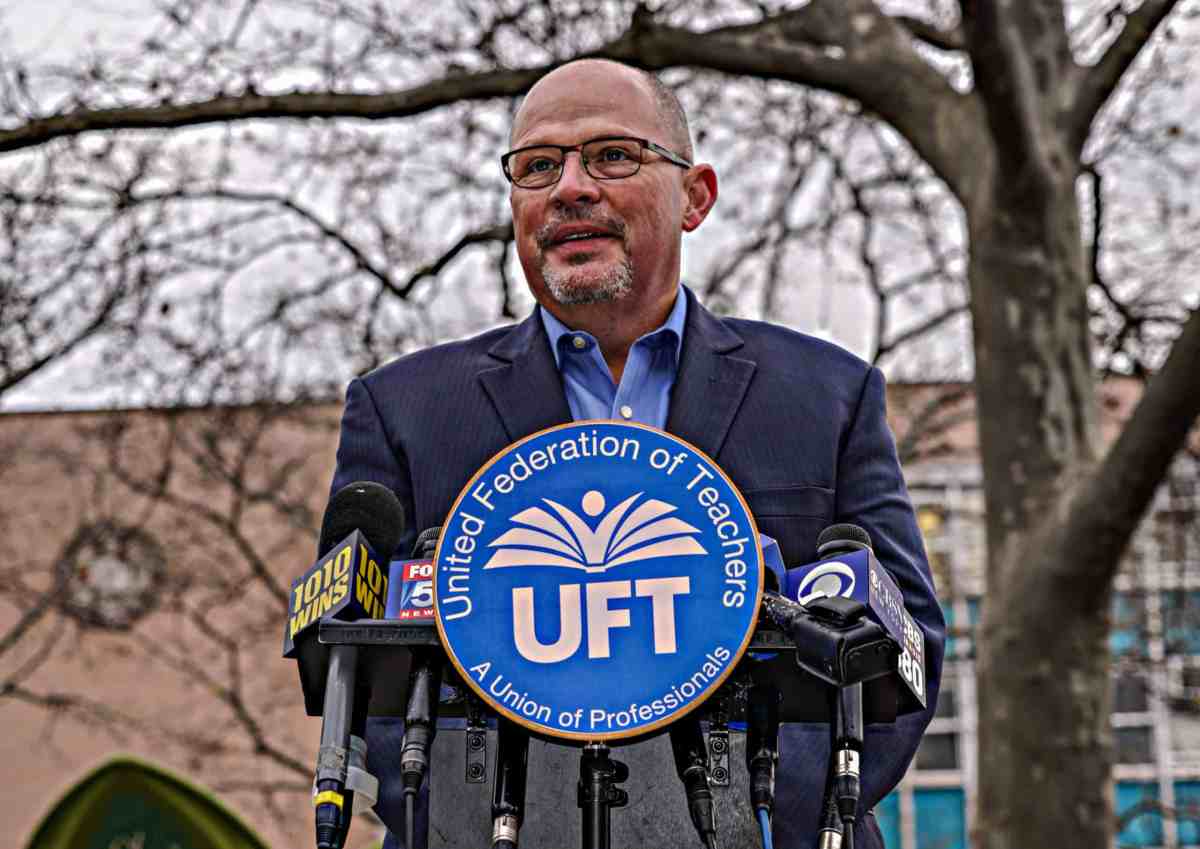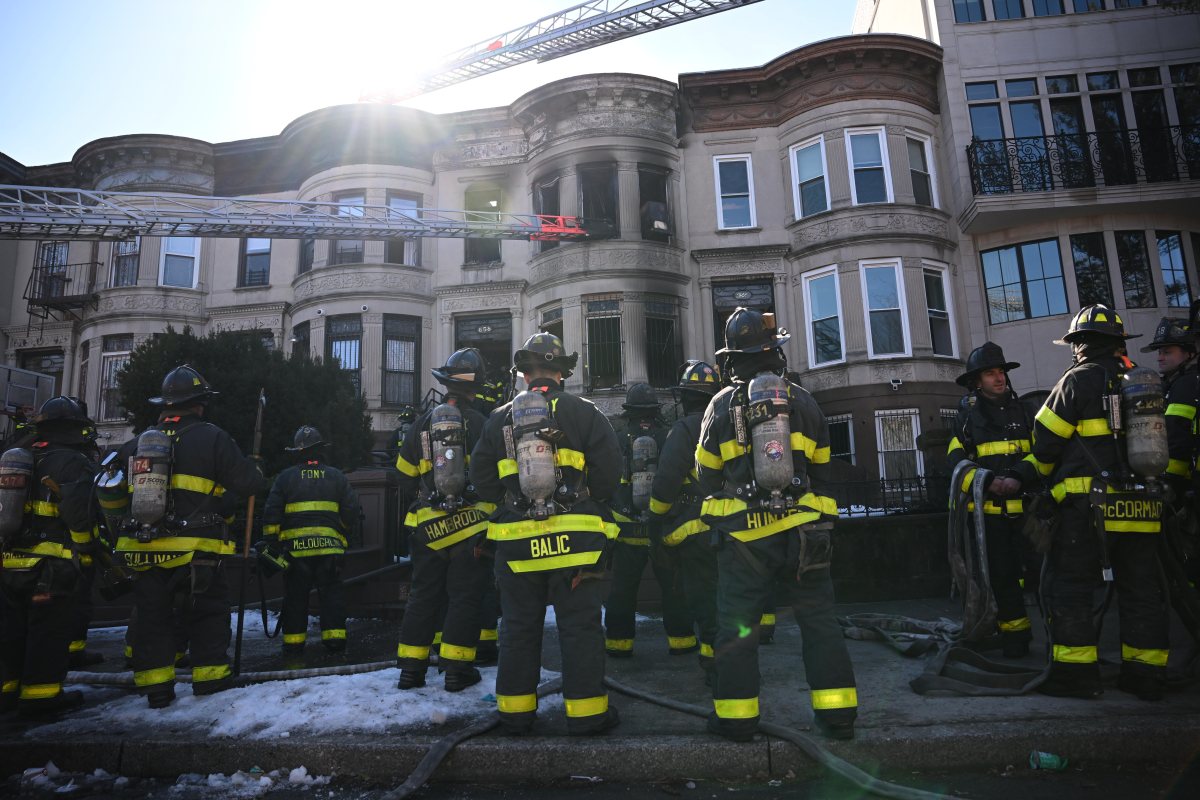City Hall and Albany have been at odds about class size in public schools, but the United Federation of Teachers (UFT) — the city’s teachers union — said on Tuesday that smaller class sizes are achievable, especially under the state-approved deal to let NYC Mayor Eric Adams keep control of city schools.
With the new state budget telling NYC to make smaller class sizes a priority, UFT President Michael Mulgrew said it can be done, contrary to what city politicians and Department of Education (DOE) officials have said.
The labor group also did some homework. As part of a survey the UFT conducted, it found that 856 high-need schools out of the city’s total 1,870 Department of Education schools have enough space to reduce class sizes by the start of the new school year.
“Since the class size law was passed, City Hall and the DOE have maintained that it can’t be done, usually claiming a lack of space. Our analysis of the DOE’s own documents prove that in fact these schools have the room,” Mulgrew said. “We don’t need any more excuses. With a $38 billion DOE budget and $10.7 billion in NYC surplus for FY 24 and FY 25, the funding is available to bring our class sizes into line with schools in the rest of the state.”
While the UFT wants smaller classes by September, the city has five years to phase in the plan.
The UFT’s survey found the 856 Title 1 schools — those with high poverty populations — will have the space needed to lower class sizes to 20 students in kindergarten through third grade, 23 in fourth through eighth grade and 25 in high school.
According to UFT calculations, much of which was based on a searchable database of schools, the identified schools have space for more than 207,000 seats but will only need 31,318 seats to lower class sizes enough to meet state law.
But it is not that simple. DOE officials said using Title 1 schools as a metric to prioritize schools is inefficient, as almost all NYC schools fall into this category.
“The law required that 20% of classes meet the class size mandate this year, and we met that requirement,” said Nathaniel Styer, a spokesperson for the DOE. “The law requires that 40% of classes meet the mandate next year, and we are on track to meet that requirement, with some new policies for next year.”
Meanwhile, NYC Comptroller Brad Lander offered a blueprint Monday that could potentially help the city meet its class size mandate. Among Lander’s recommendations for the DOE are identifying school merger opportunities to attain class size compliance and school integration,
“As New York City works to meet the class size mandate, the Department of Education has an opportunity to promote intentional and inclusive school mergers that reduce class size, improve student outcomes and advance the vision of a less segregated school system,” Lander said in a statement, adding that 70% of NYC public schools are “intensely” segregated.
“Seventy years after Brown v. Board of Education, New York City’s schools remain segregated due to decades of redlining, gentrification, and unequal access to schools with screened admissions,” the comptroller said.
Hiring DOE teachers to reduce class size
According to UFT estimates, the DOE will need to hire approximately 3,000 additional teachers to lower class sizes to the state limits in the 856 schools the union identified.
Although up to 6,000 new teachers have been hired over the previous six years, those new hires simply replace teachers who have left the system due to retirement or other reasons, DOE officials said.
DOE officials said they are in continued talks with both the UFT and Council of School Supervisors and Administrators.
“We have been in constant engagement with the UFT and CSA regarding the Class Size Reduction plan that must be posted today, and we will continue to stay in compliance with the law,” Styer said.



































